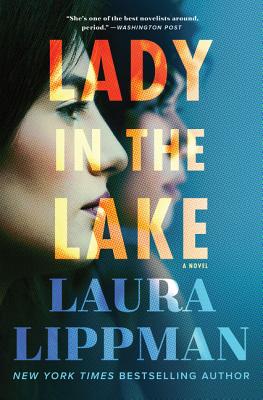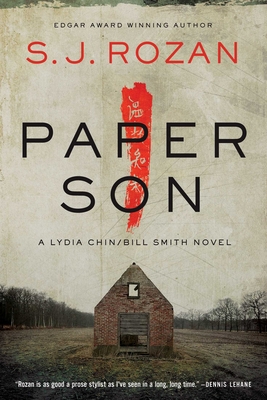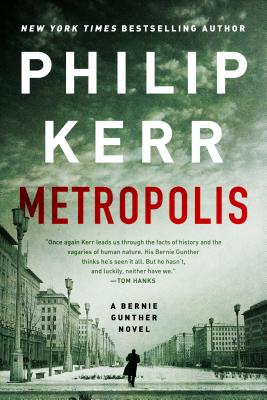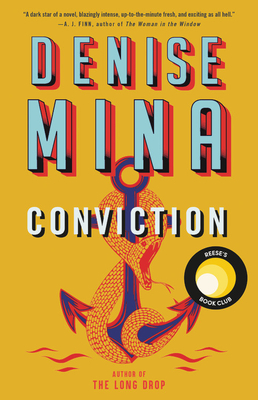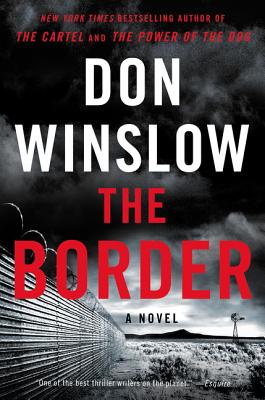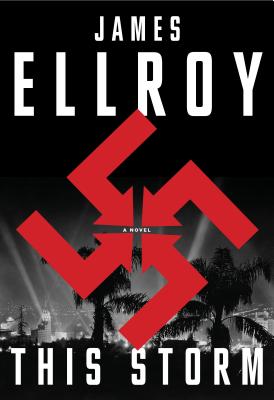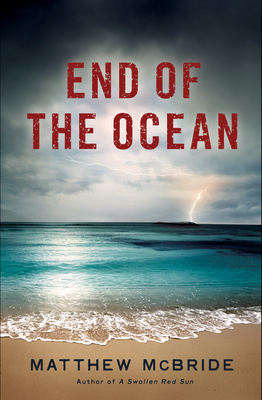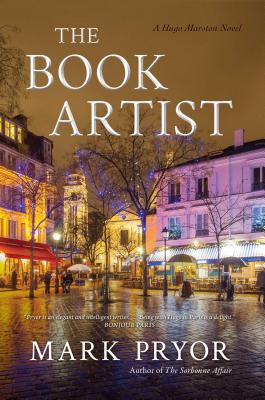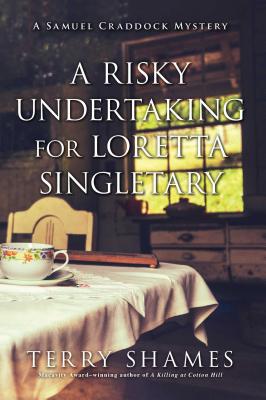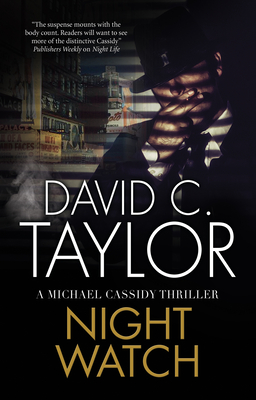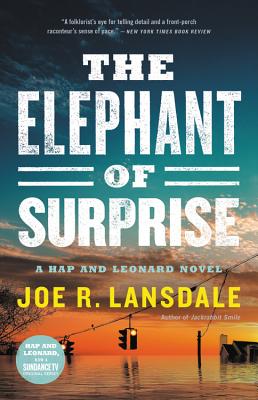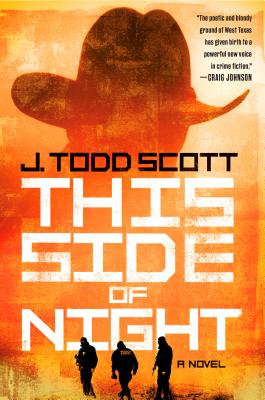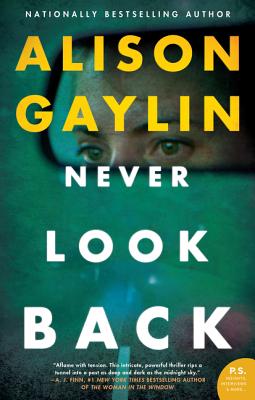 Lisa Sandlin follows up her first detective novel The Do-Right, with The Bird Boys – it features Seventies era Texas Gulf P.I. Tom Phelan and his secretary, Delpha Wade – just released from prison for shooting her rapist – with their latest case. After dealing with the mess from the previous book, the two are hired to find a missing brother. The further they look into it, the more they realize one of them could be a killer. Lisa will be at BookPeople August 4th, at 2PM to discuss and sign her book. She was kind enough to take a few questions from us beforehand.
Lisa Sandlin follows up her first detective novel The Do-Right, with The Bird Boys – it features Seventies era Texas Gulf P.I. Tom Phelan and his secretary, Delpha Wade – just released from prison for shooting her rapist – with their latest case. After dealing with the mess from the previous book, the two are hired to find a missing brother. The further they look into it, the more they realize one of them could be a killer. Lisa will be at BookPeople August 4th, at 2PM to discuss and sign her book. She was kind enough to take a few questions from us beforehand.
- What made you decide to start The Bird Boys almost right after The Do-Right ends?
I got what I thought was a great idea—to makes the books (3 or 4) a seamless story. Maybe I was goaded by a comment from someone about sequels: how you have to tuck in necessary information so that readers can follow a sequel and how it must it stand on its own, as well, and I thought, Well, I’ll fix that an easy way: I’ll just keep on going. It sounded so practical. By the time I thought maybe it wasn’t such a good idea, I’d already written the scene with Delpha at the police station, and though my own wishes are not a consideration mostly, I wanted to keep that scene. So I cut others—one of Delpha in the hospital and a black doctor who’s having his own bad time with the white hierarchy—and just started with Phelan cleaning up the crime scene.
2. The book starts out as a missing persons case and develops into something more complex in both plot and morality. How did the idea come about?
I always knew it was about 2 brothers, only I didn’t know who was going to become the killer—I thought it would be the hiding brother. As a prompt from real life (as Dean Arnold Corll was an IRL prompt for “The Do-Right”) I used both Robert Durst, who commits murders over a very long period of time, and an old man my social worker friend Greg ran into. Called to the house by the concerned landlady (a routine social services call), Greg finds an old man with knives and peculiar stories. After time and reflection, he puts the disparate stories together and realizes that not only is this guy older than he thought (around 97) but he’s serially killed people over these long years. With that in mind, I made the character.
Not only do you get the details of the seventies, it many time feels like the novel was written during that era. Does the period have any effect on how you approach the books?
Sure. I’m bound by the history, even if I do fudge the chronology a bit sometimes, like moving the date of the Billy Jean King vs. Bobby Riggs tennis match, or a hurricane. I adore Wikipedia bc I can go there to jog my memory about events and find pictures to use for clothing, look up which songs were popular. Often I have songs in mind, but sometimes I find better ones. There was always a sound track, wasn’t there? I was young then so I remember the times and high points of current events—like sitting at the dinner table when Lyndon Johnson announced he wouldn’t run again, and my father almost spit out his coffee.
- What makes Delpha and Tom good detectives, even though they are new to the profession?
One thing is the quality most writers have: they’re curious. They commit themselves to a matter/case and then they want to follow it through so they really know what happened. Second, they’ve got to make a living, both of them, so that keeps them going. Third, they wanted a new life, one different than they’d been living. Delpha, of course, wanted to construct a free life, and from scratch. Tom wanted the same, though on a smaller existential scale—he didn’t want bosses anymore.
- What do you think having two detectives allows you to do with the mystery story as opposed to one?
Since they can each take different strands of a plot, the tenor of the scenes may be a bit different due to the personality and manner of each. Delpha, eager to learn, soaks up the information Mrs. Singer of the antique store has to teach her about rare objects. She soaks up the relationship between the brother and sister, who are also business partners of long standing. She’s intensely curious about their family bond, the quality of which is attractive to her. Tom wouldn’t react the same way. In “The Do-Right,” there’s a scene between him and an assistant chemist, in which the smart-mouth chemist ridicules him for lack of experience. It was great fun to write, and Tom gets the chemist back in the end. But that was not a Delpha scene.
- Besides familiarity, what does the Galveston setting provide you as a writer?
It’s the Bolivar peninsula, really, that I’m familiar with. The wetlands scenes here are not even that far. I visited Anahuac and the lands around Winnie, and took notes on my phone, descriptions of the land. The place and the animals are beautiful, and they are still wild and free (since they’re nature preserves). I just like writing about that. (Bc I mourn what has happened to the Gulf. Mourn the loss of sand dunes and so much beach.) A German culture magazine will feature that excerpt soon.
- You do a great job of depicting the research less glamorous aspects of the job without it being drudgery to read. How do you approach those scenes?
I’m really glad you say it isn’t drudgery to read—bc it WAS! When I first wrote it, I went through EVERY LAST STEP of research and discovery to make sure the plot was working and that I’d given enough info for the reader. One of my very first jobs was as a skip tracer for the Credit Bureau, so I knew some of those research materials. E.g., bc I love detail the way a poet does, I’d written passages about NOLA’s Blue Book, which Delpha comes across when researching City directories. Fascinating—but that part had to go. Anyone reading the book at that stage pulled their hair out—and told me so. Not until the German publisher strenuously objected did I pull myself up and rewrite the whole book with a stern eye to movement. Working 12 hours a day, I streamlined like crazy. October 2018, the girl worked hard for her money.



 My friend Matthew McBride is one of the more exciting authors out there, never repeating himself, he goes to that fearless side where real artists go, where the footing is never sure. His latest, our Pick Of The Month, The End Of The Ocean, takes place in Bali with an American nursing divorce wounds, getting involved with an island woman, and Wayne Tender, a shady guy on the hustle. I’ve described it as Graham Greene meets Elmore Leonard, but in this interview we did, Matthew shed a little more light on it.
My friend Matthew McBride is one of the more exciting authors out there, never repeating himself, he goes to that fearless side where real artists go, where the footing is never sure. His latest, our Pick Of The Month, The End Of The Ocean, takes place in Bali with an American nursing divorce wounds, getting involved with an island woman, and Wayne Tender, a shady guy on the hustle. I’ve described it as Graham Greene meets Elmore Leonard, but in this interview we did, Matthew shed a little more light on it.